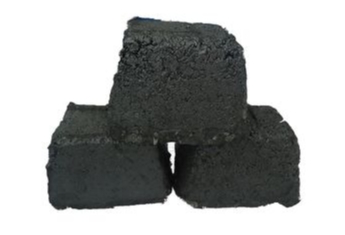
Best Electrode Paste is easy to use because of its non-irritating formulation. It's non-toxic, safe, and washes off easily with a little wait, which makes it an excellent alternative to paste or collodion. The Non-Irritating Isotonic Electrode Paste is available in a (114g) container.
Various raw materials are used to produce electrode paste, which is a vital component in the manufacturing of solid-state carbon (SSCC) electrodes for electroencephalography (EEG). The technical index of electrode paste depends on its composition and preparation method. The choice of raw material is critical for ensuring the high quality of electrode paste. The paste should have the required physicochemical, mechanical, thermal and electrical properties.
Anthracite is the most common raw material for electrode paste, which can be divided into electric calcined anthracite and gas calcined anthracite. Both of them have low volatile content, dense structure and local graphitization, which results in excellent mechanical strength, good electrical conductivity and small expansion. Anthracite calcined has excellent chemical purity. It can also serve as a solid-state electrolyte skeleton.

The petroleum coke can also be used as a raw material to make electrode paste. It has a very high carbon content, and graphitizes easily at high temperatures. The volatile fraction is removed by calcining. Petroleum coke is also characterized by a low expansion coefficient. Its electrical conductivity can be increased with a little crushed graphite.
Binders in electrode paste can be crucial to achieving certain characteristics. Novolak resin is the most commonly used binder in electrode paste, which has a low melting point and a good plasticity. This resin also resists acid and is abrasion resistant. Novolak resin can be used with hexamethylene tetramine to increase the hardness of the final product and improve the adhesion between the sinter and the substrate, which in turn improves the mechanical strength of the electrode.
Graphite waste is the residue and scrap generated by the production of different graphite-based products. The graphite scrap has high carbon, low ash and high thermal stabilities. By adding a portion of graphite waste to electrode paste, its insulation and conductivity can be improved at high temperatures.
Fillers, abrasives and plasticizers are all used to make electrode paste. These abrasives, primarily coal tar pitch or anthracene oils, improve the plasticity and adhesiveness of the sinter. Most fillers consist of petroleum or clays. Plasticizers help maintain the right flow and consistency for the sinter. These chemicals can come from petroleum products or water.

Write a Message